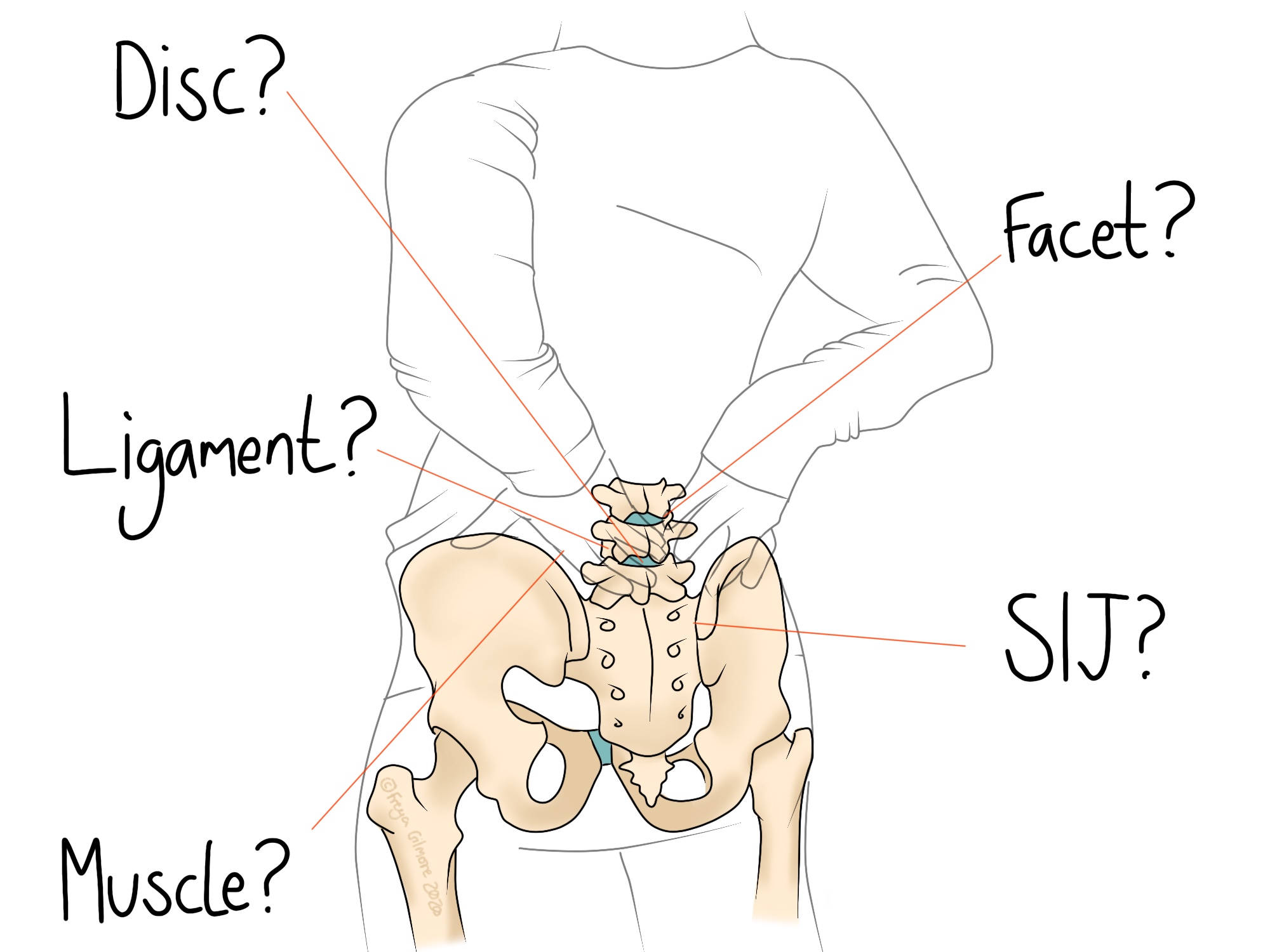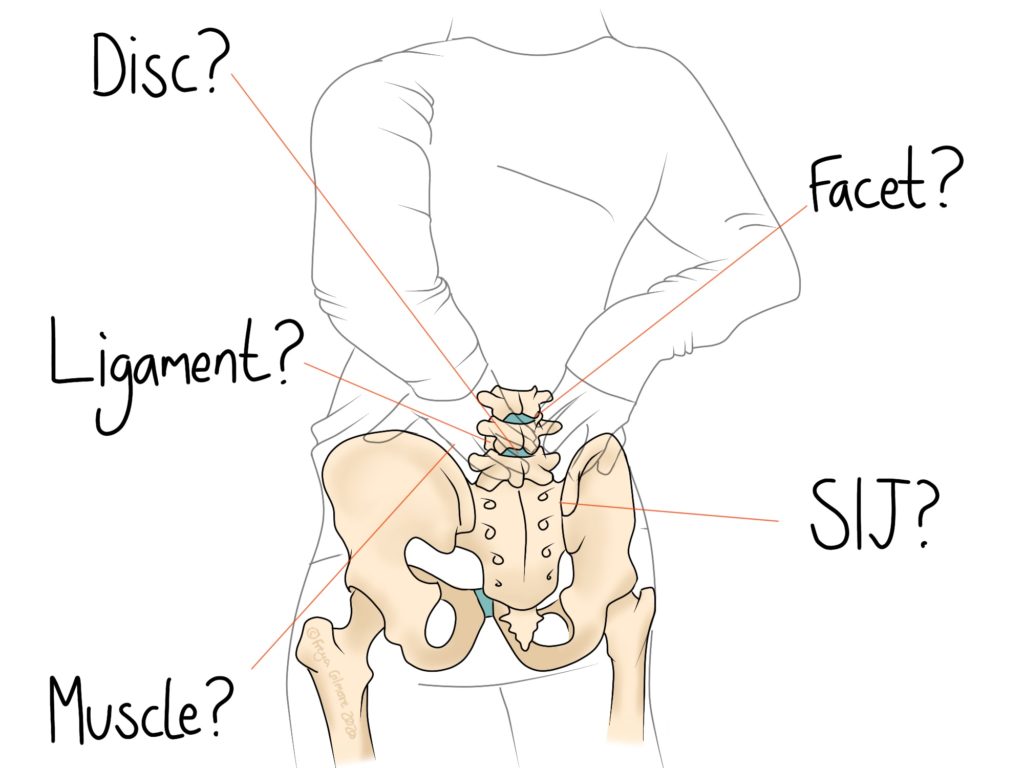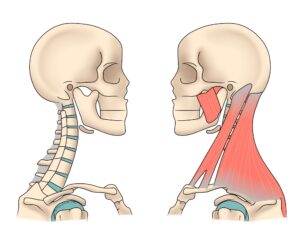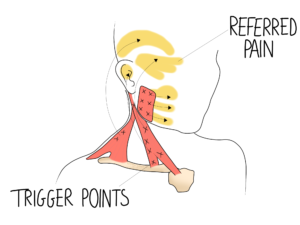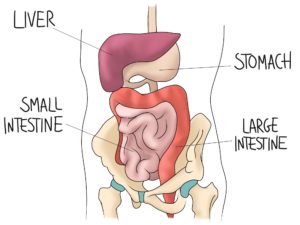Lower back pain (LBP) is one of the most common things we see in clinic, but there’s more than one cause.
Causes of Lower Back Pain
Once serious causes of LBP are discounted, there are a handful of structures in the back that can cause pain. Often more than one will be involved with any given episode of LBP.
Joints
Joints of the spine and pelvis can cause pain. This can be a matter of minor irritation or something more long term like osteoarthritis. During pregnancy the joints of the pelvis become more mobile and can be painful. This kind of pain can respond well to osteopathy and exercise. Sometimes a small joint in the spine seizes up with muscles tightening around it. This can be acutely painful, but your osteopath can identify the cause and work on both the symptoms and anything that has fed into it.
A lot of people think that osteoarthritis (OA) is the end of the road, especially in joints that can’t be replaced. This is not true- OA can respond really well to osteopathy, especially in the early and mid stages. You can read more about arthritis here.
Soft Tissue
Soft tissues include muscles and ligaments. They can be a primary cause of LBP if they are strained or sprained. Mild sprains and strains can occur easily, with a simple unexpected movement or even after sleeping in an unusual position. These mild injuries resolve within a month, but osteopathy may help to speed up progress and prevent compensation from elsewhere. If a muscle is sprained by a simple movement like bending forwards, the question is “why was this muscle ready to go?” If another area of the back has been under-working without causing symptoms, it may have been causing this muscle to pick up the slack for a while. Treatment is then focused on relieving the current symptoms and solving the original problem.
Muscles tend to be tight in any case of LBP. Even if they are not the original cause, they might be tightened to protect the rest of the back.
Discs
The discs that cushion each vertebra are firmly anchored to the bones above and below: they can’t actually slip. However, if the outer layer is weakened, the inner layer can push against it and cause a bulge. Many people have disc bulges without pain, which is one reason the NHS does not routinely image simple LBP. Sometimes bulges can cause localised lower back pain or sciatica.
Sciatica is the irritation of the sciatic nerve. This nerve is made from smaller nerves exiting the base of the spine. A couple of these smaller nerves can be caught by a disc bulge.
What can I expect from treatment?
Manual therapists such as osteopaths are recommended to manage lower back pain. Techniques your osteopath might use to help include:
- Spinal manipulation or “clicking joints”
- Joint mobilisation or more gentle methods of moving joints
- Soft tissue techniques such as massage
Exercise is also highly recommended to manage LBP. Prescribed exercises as well as advice such as using heat and ice may be part of your treatment plan.
Chronic Lower Back Pain
If continuous pain lasts for over 3-6 months it is considered chronic. At this point, it is less likely to be directly related to an injury, although some conditions do cause longer term pain. Signs of chronic pain include:
- 6 months duration or more
- Unusually sensitive LBP
- Negative beliefs about pain
This kind of pain will be managed differently to other types of LBP. As this is more of a neurological condition, work focuses on desensitising the nerves involved in addition to keeping everything moving.
To manage your current or recurring lower back pain, book an appointment now.

